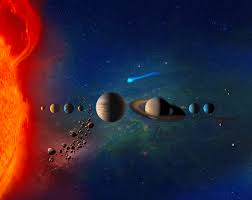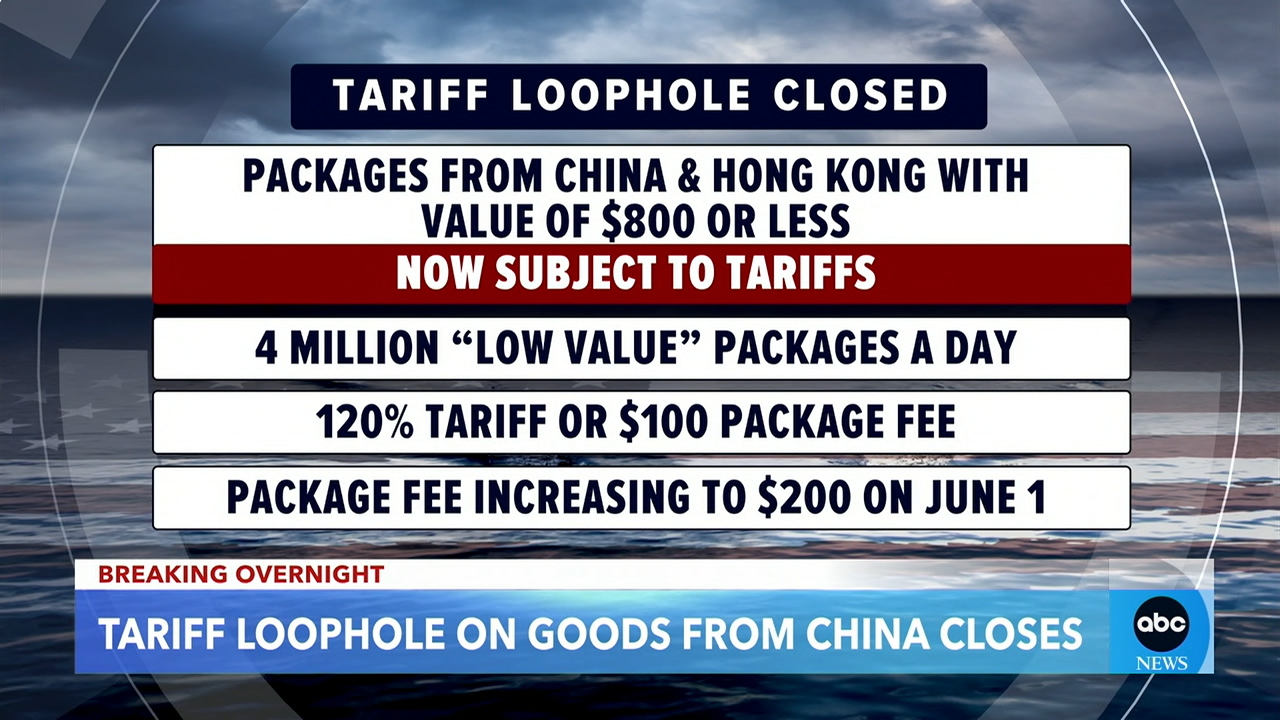NASA’s Webb Lifts Veil
NASA’s Webb and TOI-421 b
NASA’s Webb Lifts Veil
✅ Sub-Neptunes are the most common type of exoplanet, or planet outside our solar system, that have been observed in our galaxy. These small, gassy planets are shrouded in mystery… and often, a lot of haze.
🔭 By observing exoplanet TOI-421 b, NASA’s James Webb Space Telescope is helping scientists understand sub-Neptunes in a way that was not possible prior to the telescope’s launch.
🌏 Concept of TOI-421 b
The hot sub-Neptune exoplanet TOI-421 b could look like this. The concept is based on spectroscopic data gathered by Webb, along with previous observations from other telescopes.
Illustration: NASA, ESA, CSA, Dani Player (STScI)
📌 Small, Cool, Shrouded in Haze
🌏 The existence of sub-Neptunes was unexpected before they were discovered by NASA’s retired
Kepler
space telescope in the last decade. Now, astronomers are trying to understand where these planets came from and why they are so common.
🌏 Scientists previously had very little information on these planets. While sub-Neptunes are a few times larger than Earth, they are still much smaller than gas giants and typically cooler than hot Jupiters, making them much harder to observe.
🌏 Sub-Neptune atmospheres had flat or featureless transmission spectra.
🌏 Spectrum of TOI-421 b
A transmission spectrum captured by NASA’s James Webb Space Telescope reveals chemicals in the atmosphere of the hot sub-Neptune exoplanet TOI-421 b.
Is TOI-421 b Unique❓
✅ The hydrogen-dominated atmosphere is intriguing because it mirrors the composition of TOI-421 b’s host star. If the same gas that formed the star were placed around the planet at its cooler temperature, the resulting mix would be what Webb observed — more similar to giant planets in our solar system than to other sub-Neptunes.
✅ Unlike other sub-Neptunes observed with Webb, TOI-421 b is hotter and orbits a Sun-like star. Most others orbit smaller, cooler red dwarfs.
✅ Is TOI-421 b representative of hot sub-Neptunes orbiting Sun-like stars, or is it an outlier? Scientists aim to observe more hot sub-Neptunes to understand whether this is part of a broader trend or a unique case — unlocking secrets about the formation and evolution of these common planets.
NASA’s Webb Lifts Veil
✅ Sub-Neptunes are the most common type of exoplanet, or planet outside our solar system, that have been observed in our galaxy. These small, gassy planets are shrouded in mystery… and often, a lot of haze.
🔭 By observing exoplanet TOI-421 b, NASA’s James Webb Space Telescope is helping scientists understand sub-Neptunes in a way that was not possible prior to the telescope’s launch.
🌏 Concept of TOI-421 b
Illustration: NASA, ESA, CSA, Dani Player (STScI)
📌 Small, Cool, Shrouded in Haze
🌏 The existence of sub-Neptunes was unexpected before they were discovered by NASA’s retired Kepler space telescope in the last decade. Now, astronomers are trying to understand where these planets came from and why they are so common.
🌏 Scientists previously had very little information on these planets. While sub-Neptunes are a few times larger than Earth, they are still much smaller than gas giants and typically cooler than hot Jupiters, making them much harder to observe.
🌏 Spectrum of TOI-421 b
A transmission spectrum captured by NASA’s James Webb Space Telescope reveals chemicals in the atmosphere of the hot sub-Neptune exoplanet TOI-421 b.
Is TOI-421 b Unique❓
✅ The hydrogen-dominated atmosphere is intriguing because it mirrors the composition of TOI-421 b’s host star. If the same gas that formed the star were placed around the planet at its cooler temperature, the resulting mix would be what Webb observed — more similar to giant planets in our solar system than to other sub-Neptunes.
✅ Unlike other sub-Neptunes observed with Webb, TOI-421 b is hotter and orbits a Sun-like star. Most others orbit smaller, cooler red dwarfs.
✅ Is TOI-421 b representative of hot sub-Neptunes orbiting Sun-like stars, or is it an outlier? Scientists aim to observe more hot sub-Neptunes to understand whether this is part of a broader trend or a unique case — unlocking secrets about the formation and evolution of these common planets.






